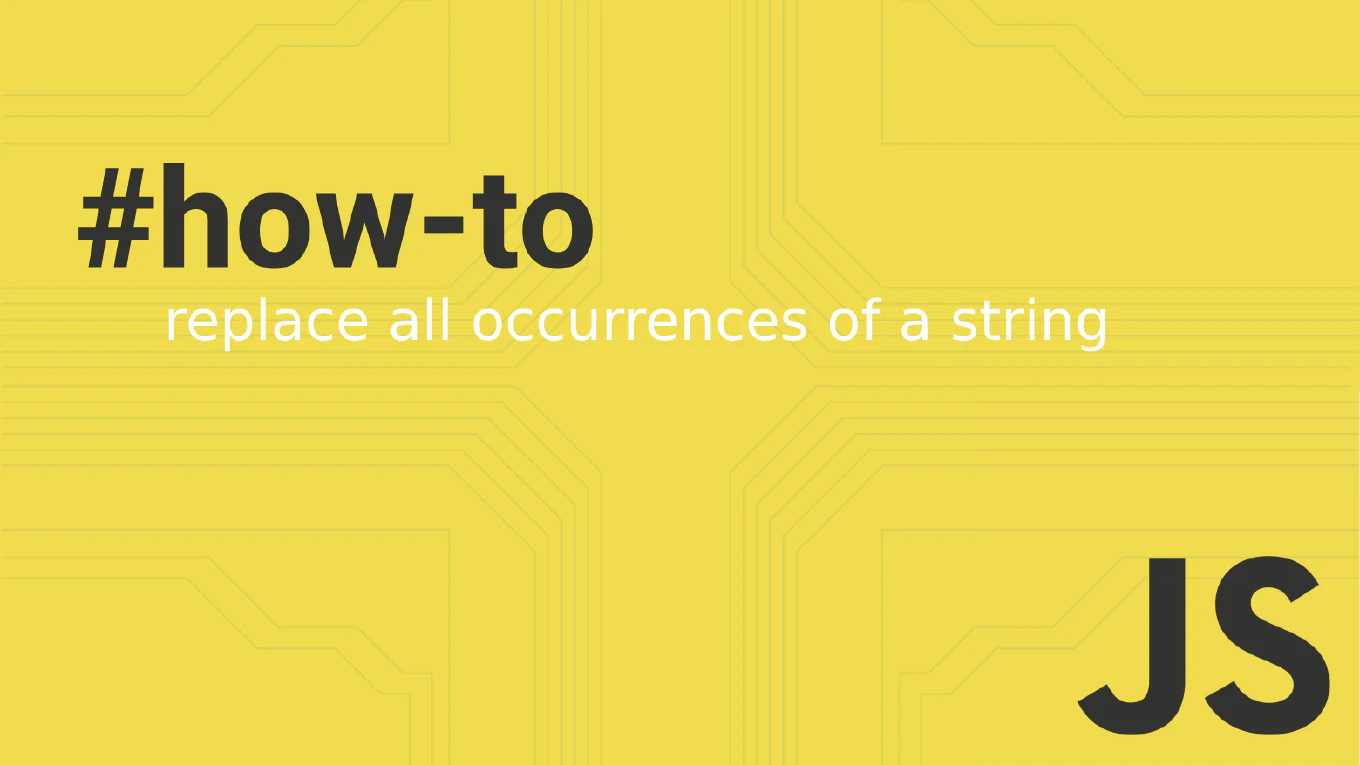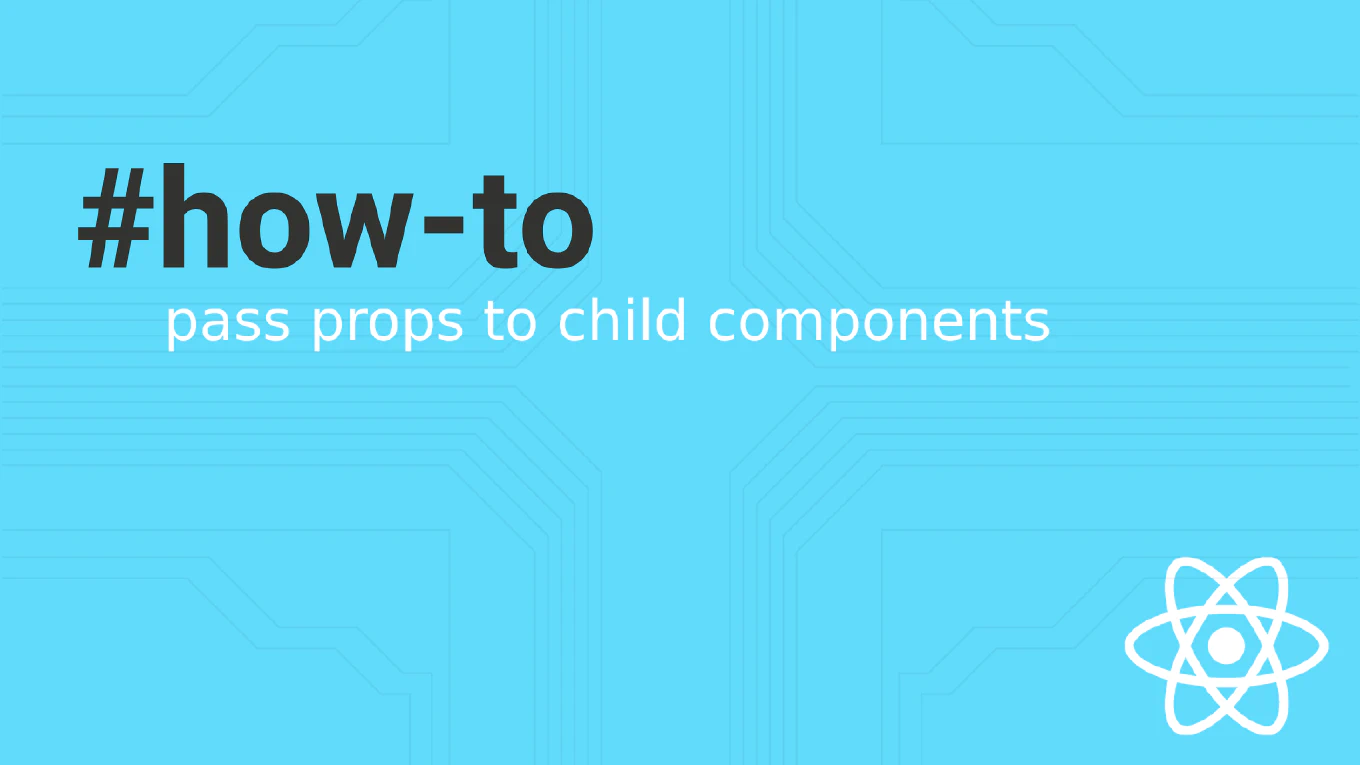How to view file history in Git
Viewing file history in Git helps understand how a specific file has evolved over time, showing all commits that modified it.
As the creator of CoreUI with extensive Git experience across numerous projects, I frequently track file histories to understand feature development and debug changes.
The most effective approach uses git log with the filename parameter to see all commits that touched a specific file.
This command provides chronological insight into file modifications, helping with code reviews and understanding implementation decisions.
How to blame a file in Git
Git blame shows line-by-line authorship information for files, helping track down when and who made specific changes for debugging and code review.
As the creator of CoreUI with over 25 years of development experience, I use git blame regularly to understand code history and track down the source of bugs or features.
The most straightforward approach is using git blame filename to see author, commit hash, and timestamp for every line in a file.
This command is invaluable for collaborative development and understanding code evolution over time.
How to show Git diff between commits
Comparing differences between specific commits helps analyze code evolution, debug issues, and understand what changed between any two points in project history.
As the creator of CoreUI with extensive Git experience across numerous projects, I frequently compare commits to track down bugs or understand feature implementations.
The most precise method is using git diff commit1 commit2 with specific commit hashes or references.
This approach provides exact comparison between any two commits regardless of branch or timeline.
How to view Git log with one line
Viewing Git log in one-line format provides a compact, scannable overview of commit history that’s perfect for quick reviews and branch analysis.
With over 25 years of version control experience and as the creator of CoreUI, I use the one-line log format daily for efficient code review and project analysis.
The most effective approach is using the --oneline flag which shows abbreviated commit hashes and the first line of commit messages.
This provides maximum information density while maintaining readability for fast repository analysis.
How to view Git log
Viewing Git log is essential for understanding project history, tracking changes, and debugging issues by examining commit messages and authorship.
As the creator of CoreUI with over 25 years of version control experience, I use git log extensively for code reviews, debugging, and project analysis.
The most fundamental approach is using the git log command which displays commit history in reverse chronological order.
This provides complete visibility into project evolution with detailed commit information and flexible formatting options.
How to checkout a commit in Git
Checking out specific commits allows you to examine code at particular points in history, useful for debugging, code review, and understanding changes in your Git repository.
As the creator of CoreUI, a widely used open-source UI library, I’ve performed countless commit checkouts for debugging issues and reviewing historical changes across multiple repositories.
From my 25 years of experience in software development and version control, the most straightforward approach is to use git checkout with the commit hash.
This method provides safe examination of historical code states without affecting your current work.
How to rebase in Git
Rebasing allows you to integrate changes from one branch into another while maintaining a linear commit history without merge commits.
As the creator of CoreUI, a widely used open-source UI library, and with over 25 years of experience in software development, I’ve used rebasing extensively to keep feature branches up-to-date with main branch developments.
The most effective approach is using git rebase to replay your commits on top of the latest changes from the target branch.
This method creates a cleaner project history compared to merge commits and makes it easier to track the evolution of features.
How to reset a commit in Git
Resetting commits is crucial for cleaning up local repository history before sharing changes, allowing you to reorganize commits and remove unwanted changes.
As the creator of CoreUI, a widely used open-source UI library, I’ve used git reset extensively for local history cleanup over 25 years of development.
From my expertise, the most versatile approach is using git reset with different modes depending on whether you want to preserve or discard changes.
This provides precise control over how commits are undone and what happens to the affected files.
How to revert a commit in Git
Reverting a commit in Git safely undoes changes by creating a new commit that reverses the specified commit, preserving project history and maintaining safe collaboration practices. As the creator of CoreUI, a widely used open-source UI library, I’ve used git revert extensively across team development workflows to safely undo problematic commits without disrupting shared history. From my expertise, the most effective approach is using git revert to create inverse commits that undo specific changes while keeping history intact. This method provides safe change reversal that works well with shared repositories and team collaboration.
How to amend the last commit in Git
Amending the last commit in Git allows you to modify the most recent commit’s message or add forgotten changes without creating an additional commit in the project history. As the creator of CoreUI, a widely used open-source UI library, I’ve used git amend countless times across development workflows to perfect commits before sharing them with the team. From my expertise, the most effective approach is using git commit –amend for message changes or staging additional files before amending. This method provides clean commit history by fixing mistakes in the most recent commit without cluttering the project timeline.



